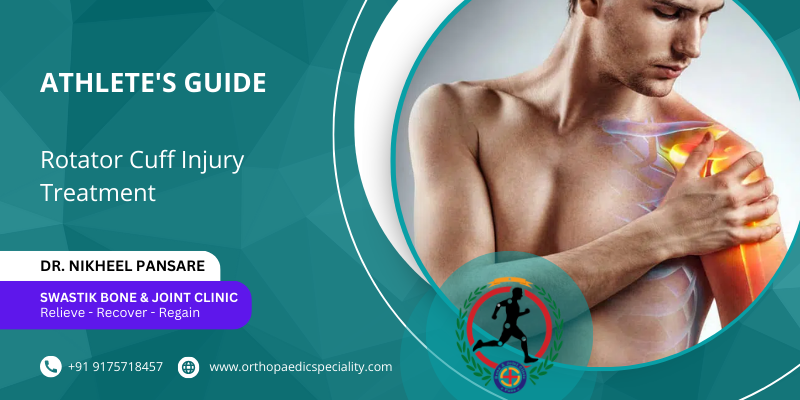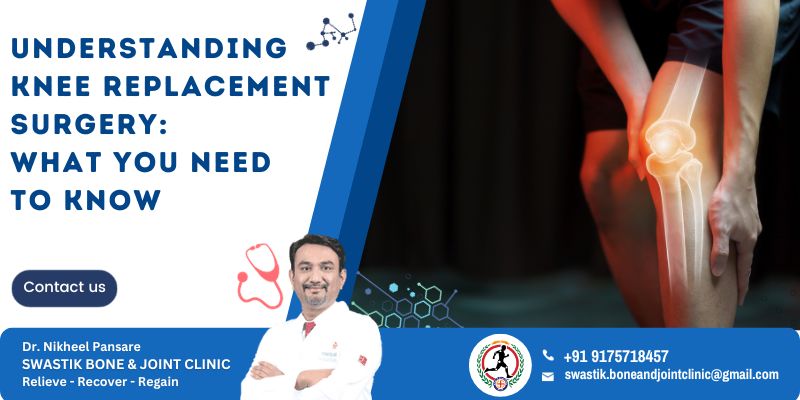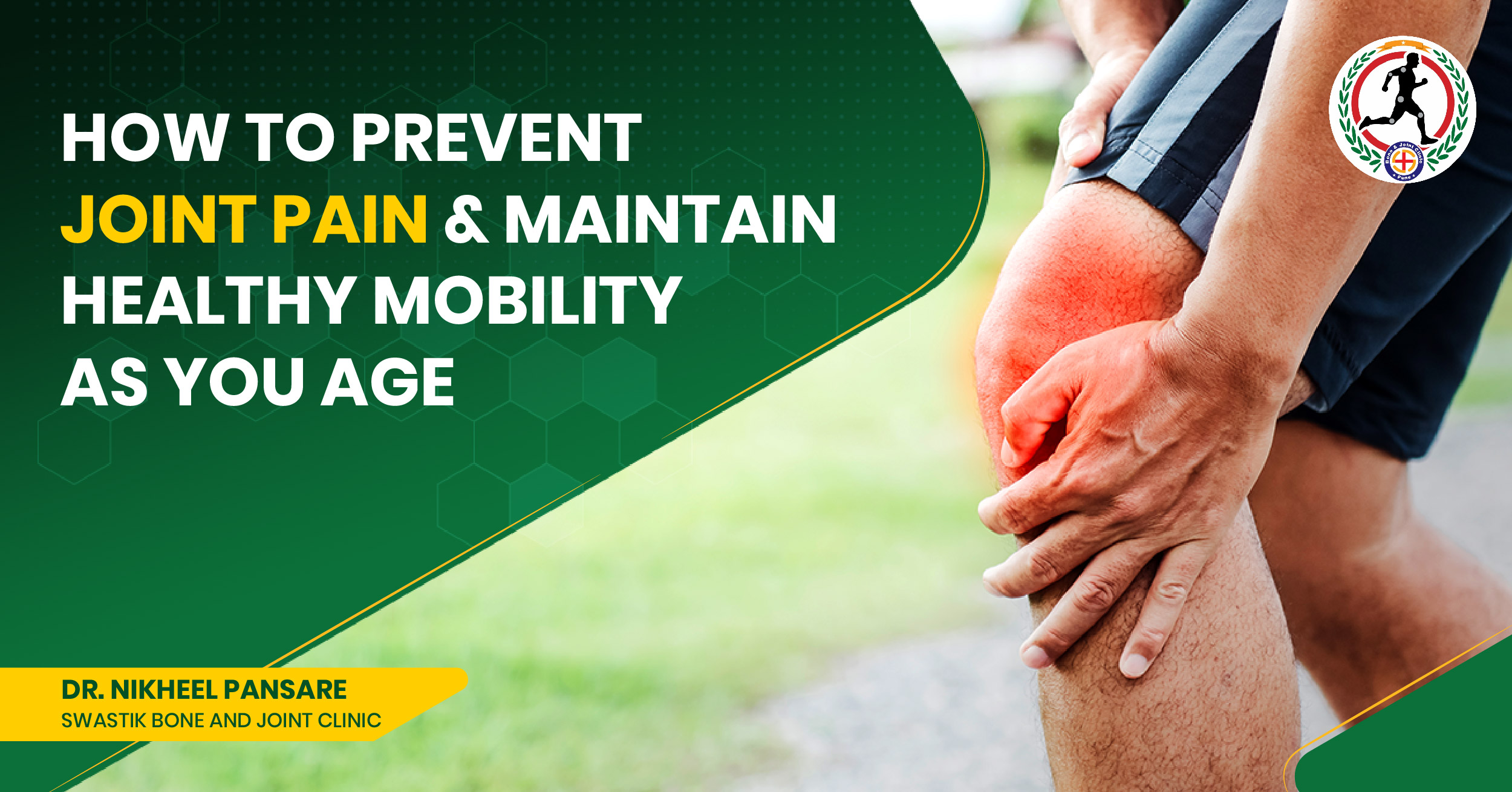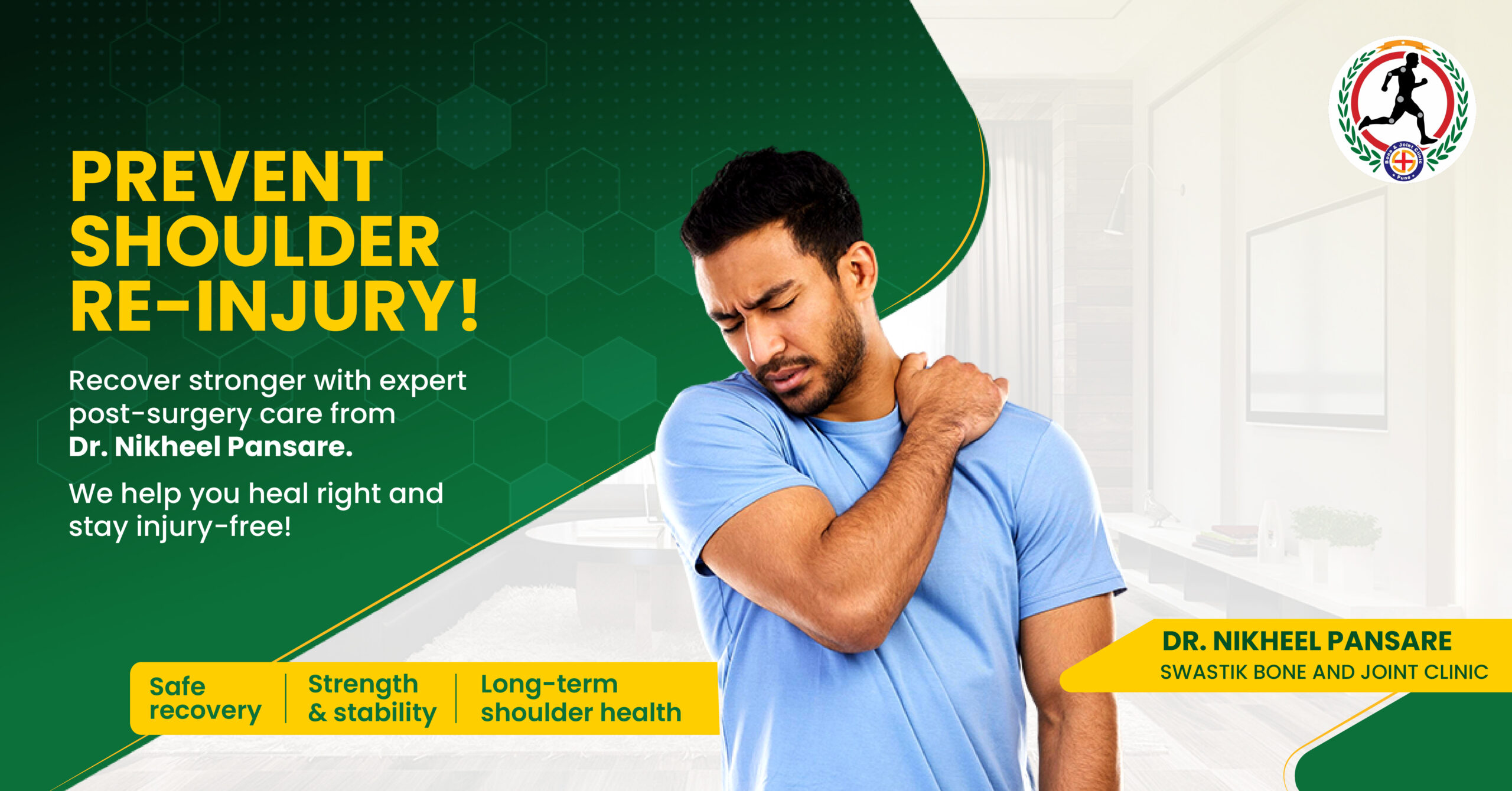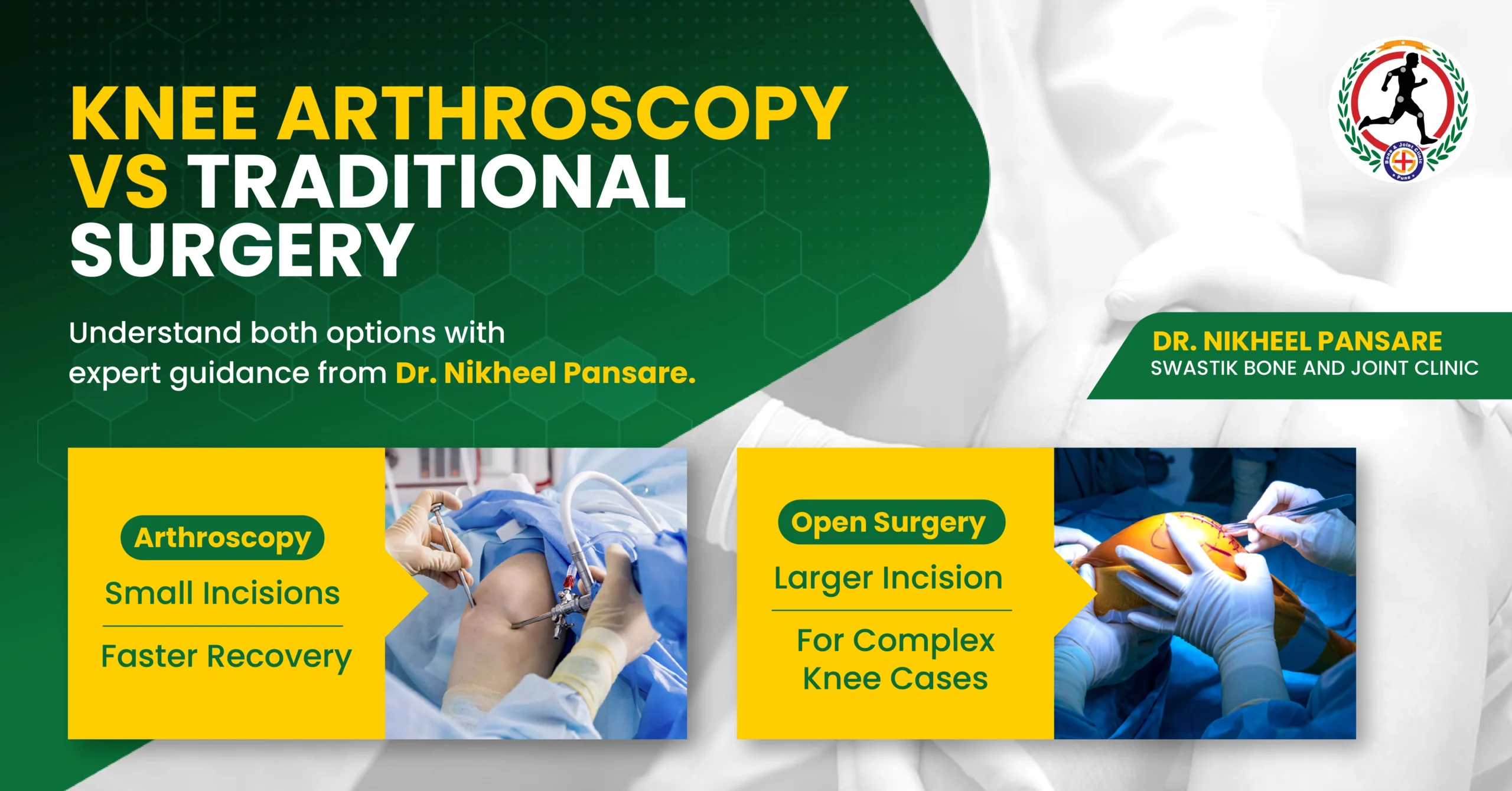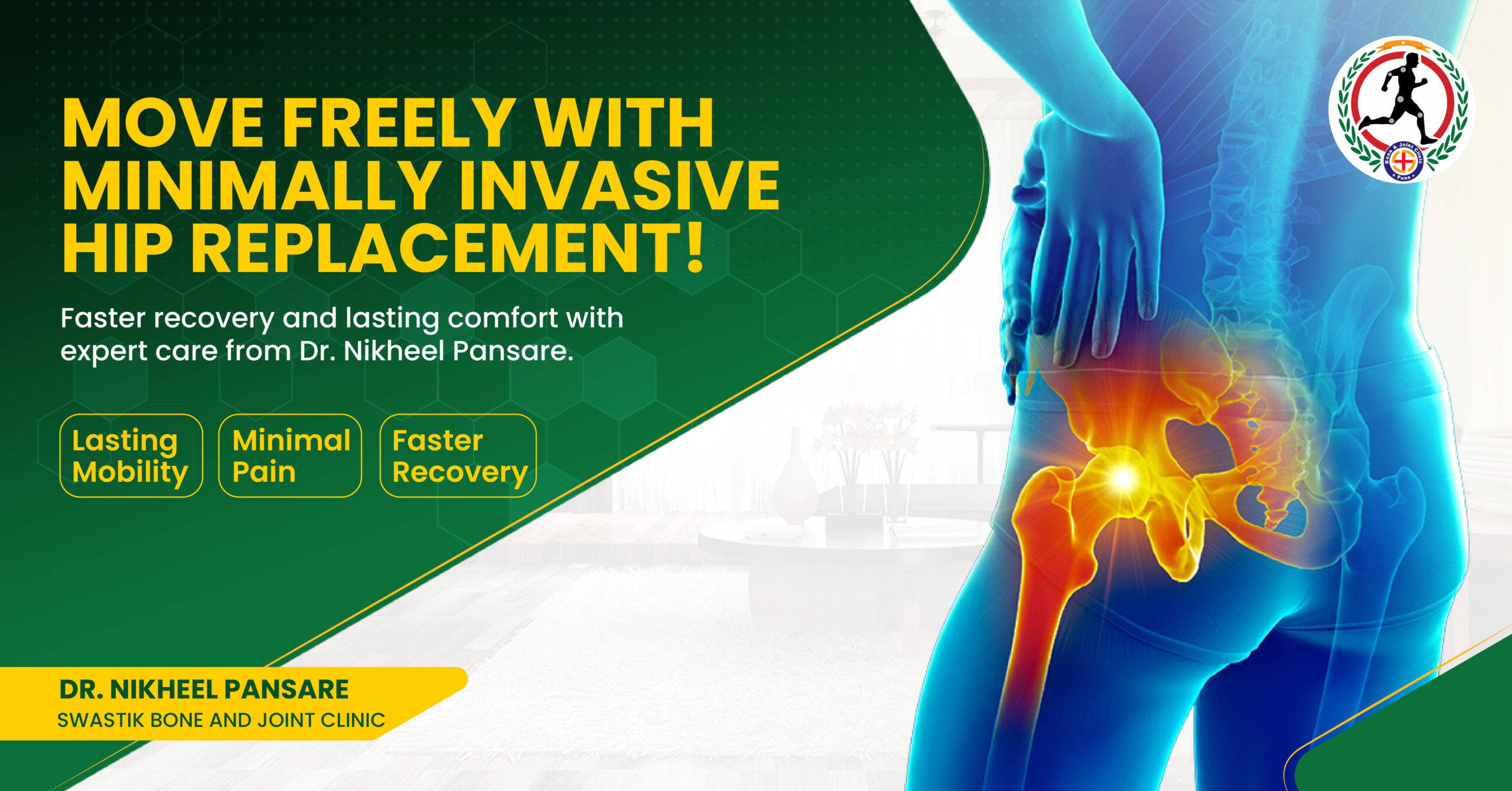The rotator cuff, a group of muscles and tendons that stabilize the shoulder joint, plays a crucial role in overhead activities, making it particularly vulnerable to injury in athletes. Rotator cuff tears, caused by repetitive stress, overuse, or sudden trauma, can significantly impact an athlete’s performance and ability to participate in sports.
Rest: Resting the shoulder is crucial for initial pain relief and healing.
Ice and compression: Applying ice to the shoulder can reduce swelling and inflammation.
Over-the-counter pain medication: Nonsteroidal anti-inflammatory drugs (NSAIDs) can help manage pain and inflammation.
Physical therapy: Physical therapy exercises focus on strengthening the rotator cuff muscles, improving range of motion, and restoring shoulder function.
Corticosteroid injections: Corticosteroid injections can provide temporary relief from pain and inflammation.
Surgical repair: In cases of severe tears, surgical repair may be necessary to reattach the torn tendons and restore shoulder stability.
The return-to-sport timeline after a rotator cuff injury depends on the severity of the injury, the type of treatment received, and the individual’s progress in rehabilitation. Gradual reintroduction of activities is essential to prevent re-injury.
Initial rehabilitation phase: This phase focuses on pain management, reducing inflammation, and regaining range of motion.
Strengthening phase: This phase focuses on strengthening the rotator cuff muscles and improving shoulder stability.
Functional training phase: This phase involves sport-specific exercises and drills to prepare the athlete for their chosen sport.
Return to sport: The athlete gradually resumes their sport under the supervision of a physical therapist or athletic trainer.
Proper warm-up and cool-down: Warm up before physical activities and cool down afterward to promote flexibility and reduce muscle strain.
Strengthening exercises: Regularly perform exercises that target the rotator cuff muscles to improve strength and stability.
Proper technique: Maintain proper form and technique during sports activities to prevent excessive stress on the shoulder joint.
Adequate rest: Allow enough rest and recovery time between training sessions to prevent overuse injuries.
Rotator cuff injuries, characterized by tears or damage to the tendons and muscles surrounding the shoulder joint, can significantly impact mobility, strength, and overall shoulder function. Consulting with an experienced and skilled orthopedic surgeon is crucial for diagnosing rotator cuff injuries and developing a personalized treatment plan. Dr. Nikheel Pansare, a renowned rotator cuff injury specialist in Viman Nagar near Kharadi at Swastik Bone & Joint Clinic in Viman Nagar, Pune, possesses extensive expertise in rotator cuff injuries and sports medicine. His meticulous attention to detail, personalized treatment approach, and patient care have helped numerous athletes regain their shoulder function and return to their sports with confidence.
Understanding Rotator Cuff Injuries
Rotator cuff injuries range in severity from minor strains and sprains to complete tears of the tendons. Symptoms of rotator cuff injury include:- 1. Shoulder pain, especially with overhead movements
- 2. Weakness and limited range of motion in the shoulder
- 3. Painful clicking or popping sounds in the shoulder joint
- 4. Night pain and difficulty sleeping on the affected side
Treatment Options for Rotator Cuff Injuries
Treatment for rotator cuff injuries depends on the severity of the tear and individual factors. Treatment options include:Rest: Resting the shoulder is crucial for initial pain relief and healing.
Ice and compression: Applying ice to the shoulder can reduce swelling and inflammation.
Over-the-counter pain medication: Nonsteroidal anti-inflammatory drugs (NSAIDs) can help manage pain and inflammation.
Physical therapy: Physical therapy exercises focus on strengthening the rotator cuff muscles, improving range of motion, and restoring shoulder function.
Corticosteroid injections: Corticosteroid injections can provide temporary relief from pain and inflammation.
Surgical repair: In cases of severe tears, surgical repair may be necessary to reattach the torn tendons and restore shoulder stability.
Returning to Sport After Rotator Cuff Injury
The return-to-sport timeline after a rotator cuff injury depends on the severity of the injury, the type of treatment received, and the individual’s progress in rehabilitation. Gradual reintroduction of activities is essential to prevent re-injury.
Initial rehabilitation phase: This phase focuses on pain management, reducing inflammation, and regaining range of motion.
Strengthening phase: This phase focuses on strengthening the rotator cuff muscles and improving shoulder stability.
Functional training phase: This phase involves sport-specific exercises and drills to prepare the athlete for their chosen sport.
Return to sport: The athlete gradually resumes their sport under the supervision of a physical therapist or athletic trainer.
Preventative Measures for Rotator Cuff Injuries
Preventive measures can help reduce the risk of rotator cuff injuries in athletes:Proper warm-up and cool-down: Warm up before physical activities and cool down afterward to promote flexibility and reduce muscle strain.
Strengthening exercises: Regularly perform exercises that target the rotator cuff muscles to improve strength and stability.
Proper technique: Maintain proper form and technique during sports activities to prevent excessive stress on the shoulder joint.
Adequate rest: Allow enough rest and recovery time between training sessions to prevent overuse injuries.
Expert Guidance for Rotator Cuff Injury Management
Rotator cuff injuries, characterized by tears or damage to the tendons and muscles surrounding the shoulder joint, can significantly impact mobility, strength, and overall shoulder function. Consulting with an experienced and skilled orthopedic surgeon is crucial for diagnosing rotator cuff injuries and developing a personalized treatment plan. Dr. Nikheel Pansare, a renowned rotator cuff injury specialist in Viman Nagar near Kharadi at Swastik Bone & Joint Clinic in Viman Nagar, Pune, possesses extensive expertise in rotator cuff injuries and sports medicine. His meticulous attention to detail, personalized treatment approach, and patient care have helped numerous athletes regain their shoulder function and return to their sports with confidence.

